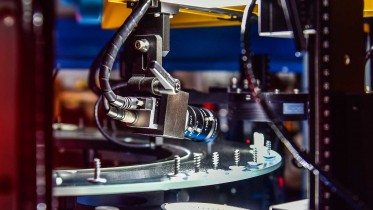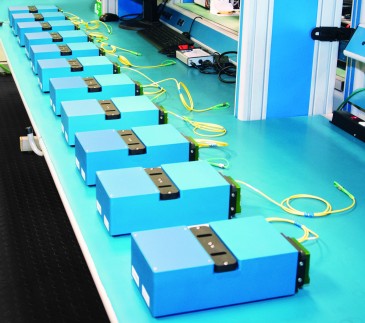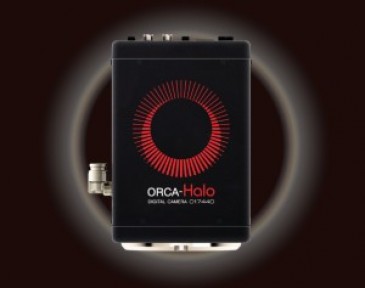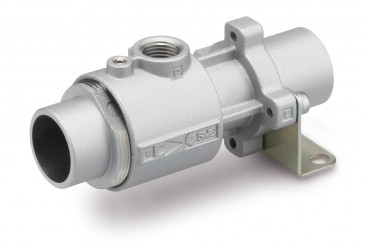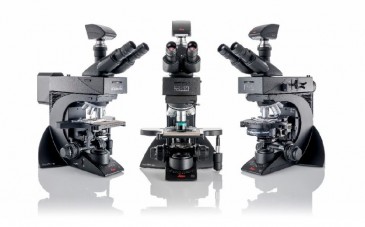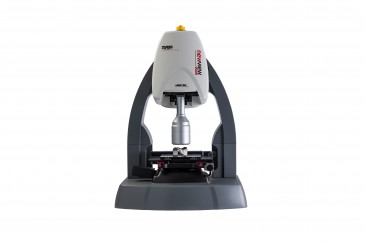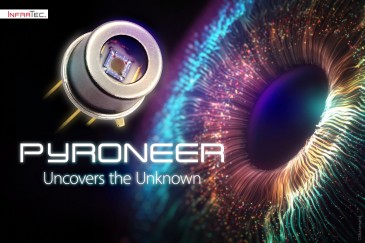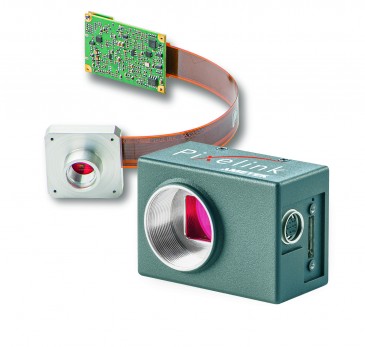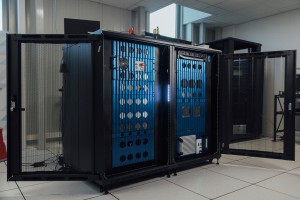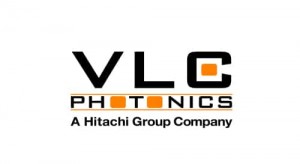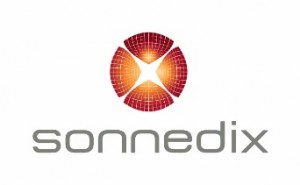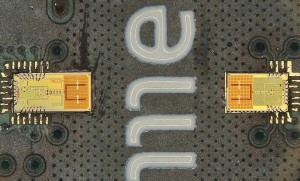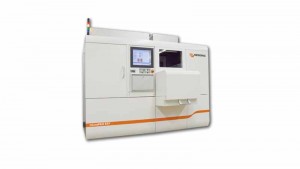
3D-Micromac AG, a specialist in laser micromachining and roll-to-roll laser systems for the semiconductor, photovoltaic, medical device and electronics markets, today unveiled the microPRO RTP--its new laser annealing system designed to enable several key process steps in semiconductor, power device and MEMS manufacturing. Combining a state-of-the-art laser optic module with 3D-Micromac's modular semiconductor wafer processing platform, the microPRO RTP provides selective annealing with high repeatability and throughput in a versatile system.
The microPRO RTP features a line scan option for vertical selective annealing and a step-and-repeat spot option for horizontal selective annealing, as well as three optional laser wavelengths (near infrared, green and ultraviolet). The microPRO RTP addresses a variety of applications, including:
- Dopant activation for insulated gate bipolar transistors (IGBTs), as well as activation of backside illuminated (BSI) CMOS image sensors and amorphous silicon (a-Si) -- the microPRO RTP uses a high-speed line scan with excellent energy homogeneity and repeatability to provide precise localization of the field stop layer, which minimizes heat transference to the front-side of the wafer
- Ohmic contact formation in silicon carbide (SiC) power devices to improve resistance -- using spot scanning with short laser pulses, microPRO RTP can process the entire metalized backside of SiC wafers, forming ohmic interfaces and curing grinding defects, while preventing the generation of large carbon clusters and heat-related damage to the front-side of the wafer
- Giant magneto resistive (GMR) and tunneling magneto resistive (TMR) sensor manufacturing -- using a selective step-and-repeat spot and variable laser energy, microPRO RTP can selectively heat functional areas on the sensor to form and orient the magnetic fields for these MEMS sensor types
- High precision and repeatability in both X and Y directions
- High selectivity to different substrates and films, with multiple options for laser pulse length, energy and overlap to ensure no damage to the area surrounding the target site
- Very high energy homogeneity
- Precise process monitoring
- Flexibility to handle substrate diameters ranging from 50mm up to 300mm








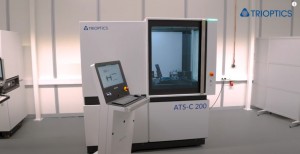
















 Back to Products
Back to Products